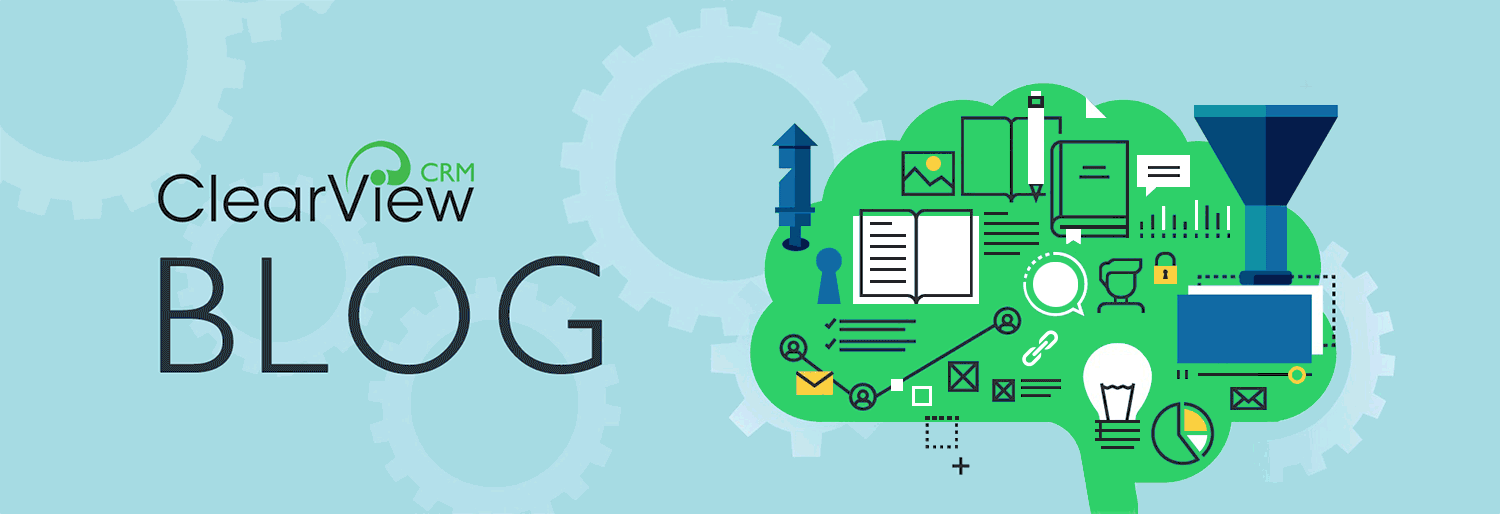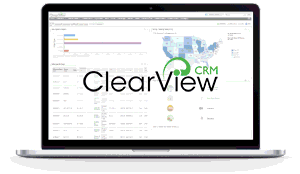Even if we don’t like the word, the truth is undeniable: If you work for or run a nonprofit organization, many of your everyday job functions might be considered “sales.” Fundraising, marketing, client or patient relationship-building—they, and many more activities, have sales-like aspects to them.
Sample HubSpot User
Recent Posts
Those of us in the nonprofit sector have heard it all from their for-profit counterparts.
- “It must be nice not having to worry about making a profit.”
- “Sure but you don't have to be concerned with the bottom line.”
- 'You can just go to your donors and raise more funding.”
Yep. It is just that simple, right?
Constituent relationship management (CRM) software is an incredible tool to help you better understand your constituents and reach them on a more personal level. By providing a holistic view of interactions, preferences and behaviors, you have the information you need to deliver targeted, customized experiences that will serve to strengthen your relationship with constituents.
Here are 4 ways to better understand your donors through CRM:
1. Giving History & Habits
If you are paying attention to a constituent’s giving history, you can develop appropriate and consistent interactions with them that make their journey with you a meaningful one.Since following up is critical to the donor experience, we’ll use that example. Whether a constituent donates $1,000 unexpectedly or sends $10 monthly via automatic payment, receiving a generic thank you message can make them feel disconnected. With a little customization (“your incredibly generous $1,000 donation will make a difference….” OR “we simply cannot express how much it means to us that you’ve committed to making a monthly contribution”), personalized thank-you notes feel more genuine and have a greater impact on a donor’s perception of your organization.
How to stand out and show your cause is worthy of donors' time, attention, money
Nonprofits spend a lot of time raising money to fund their important programs. Of course a number of different ways are available to get the funding you need--applying for grants, soliciting major gifts from individuals or companies, and using direct mail to make an ask to a larger number of donors and non-donors.
Leveraging a direct mail campaign, like an annual fund appeal, allows an organization to make a case for the needed funds and multiple ways to donate. But the equation is not that simple. You are fighting against other organizations soliciting donations and shorter attention spans from your donors and prospects. How can you stand out and show that your cause is worthy of a donor’s time, attention, and money?
Page 1 of 2






